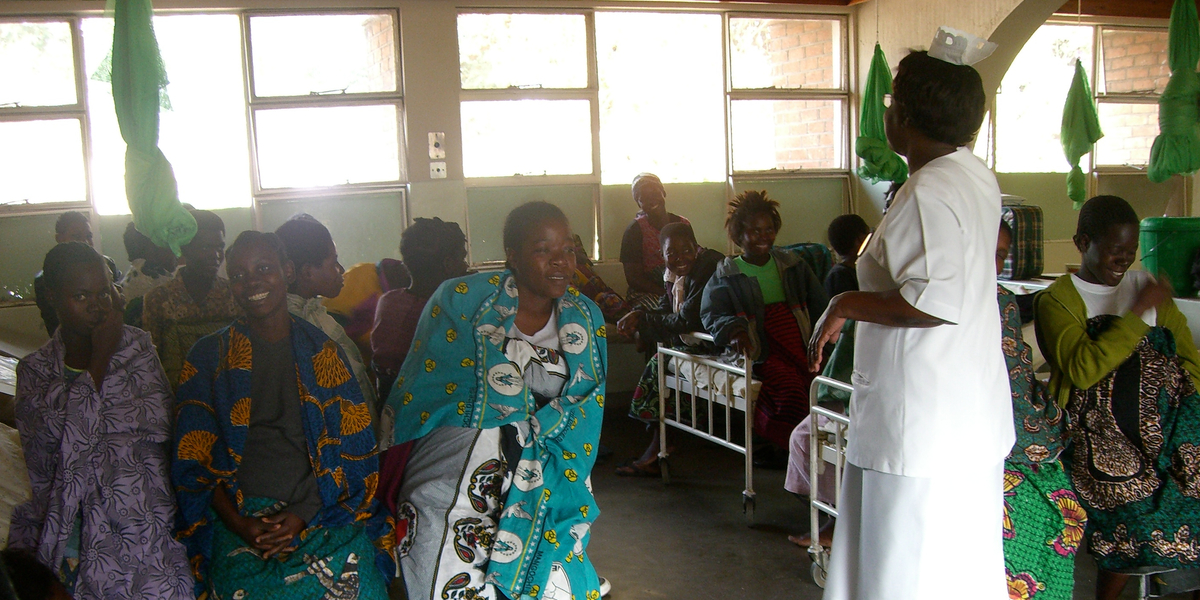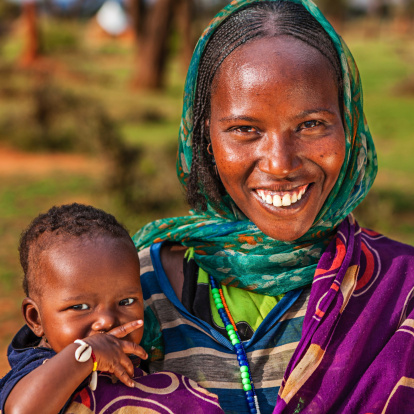
Ongoing clinical research is having a huge impact on health outcomes for women around the world. This research, led by Ammalife Change Maker Abi Merriel, aimed to identify gaps in clinical research in low-and middle-income countries (LMICs), in order that future research can continue to improve health outcomes for women across the globe.
Introduction
In all aspects of medical research there is potential room for gaps. Poor consideration of research questions, overlooking certain geographical areas and the lack of collaboration amongst research groups can all lead to important factors being missed. In order to advance evidence-based medical practice it is important to address these gaps in LMICs in order to improve all aspects of women’s health by distributing research funds accordingly.
Method
Current clinical trial data was accessed from the WHO’s International Clinical Trials Registry Platform (ICTRP). The ICTRP centralises records from major international clinical trials registries to make the data more accessible to all researchers. The trials included in this review were active randomised controlled trials studying women’s health. The trials were divided into two main categories, obstetrics and gynaecology. Overall, 509 trials were included in the study. The majority of the trials conducted took place in middle-income countries (MICs).
Discussion
The fact that most trials took place in MICs may be linked with the availability of funding at local and national levels. There was a tendency for MICs to conduct more small trials whereas low-income countries (LICs) conduct fewer but larger trials. When looking at participant numbers most trials had less than 500 participants with the largest sample sizes being in obstetrics. The research focus varied; in LICs 17% of trials focused on gynaecology compared to 60% of trials in MICs.
This study provides the first overview of current clinical trial activity in LMICs. However, the authors noted that it is only a ‘snapshot’ of present trials. Some researchers conducting trials may not have chosen to register their projects, potentially giving a partial picture of trials in LMICs. Furthermore, some trials may also have been registered twice under different names, and using different funding, making it impossible to identify all duplications.
Conclusion
Women’s health research is active in many LMICs. The majority of registered trials take place in MICs and a large proportion focus on fertility. In LICs, pregnancy is the main focus; this may reflect the international prioritisation of maternal health. The authors made several suggestions for strengthening global women’s health research such as improving collaboration to enhance the quality of trials. Future research should also ensure that the research agenda matches the priorities of women and their care providers.

Addressing gaps in research on maternal health issues for women in LMICs could have positive healthcare outcomes for both women and children.
Full research paper title:
‘Global women’s health: current clinical trials in low‐ and middle‐income countries’
Read the full research paper in the British Journal of Obstetrics and Gynaecology here.
With thanks to Content Volunteer Rachel Howard for summarising this article.
